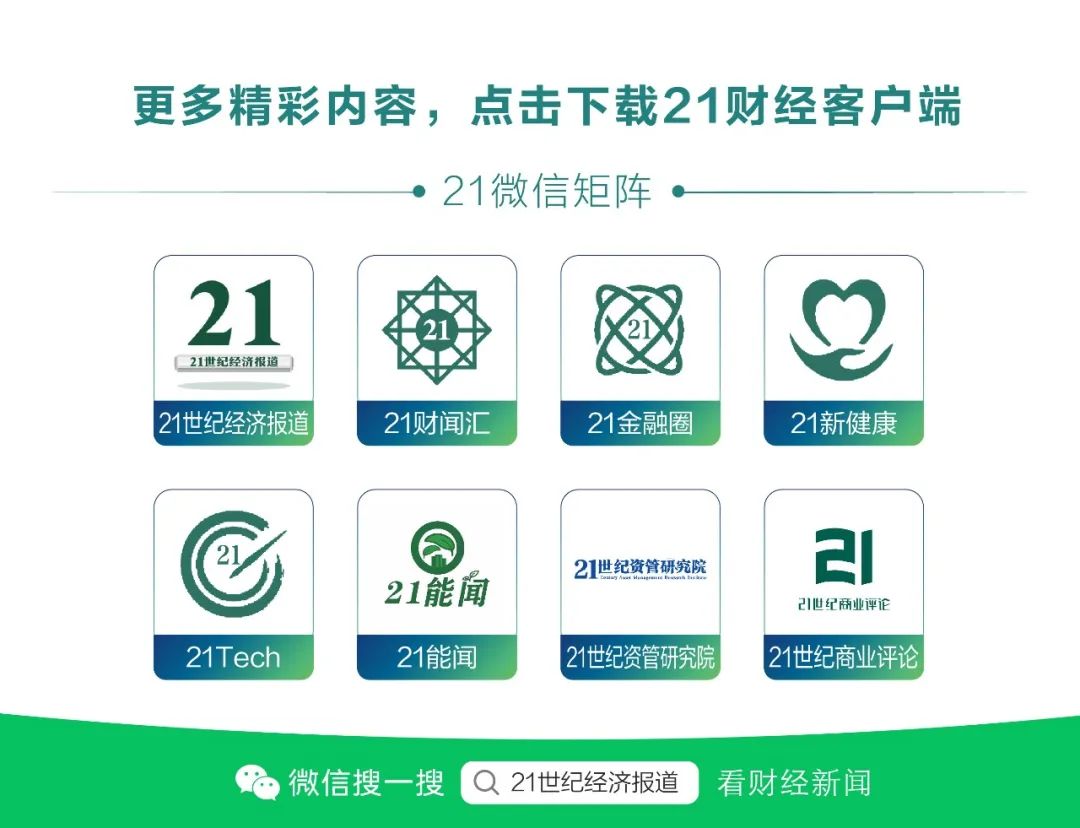
Author: Li Yinong
Editor: He Jia

In 2024, Guangdong’s core AI industry scale will exceed 220 billion yuan
On April 1, a press conference was held to announce the “Several Policy Measures to Promote the Innovative Development of the Artificial Intelligence and Robotics Industry in Guangdong Province”.
Wang Sheng, Vice Governor of Guangdong Province, stated at the conference that in 2024, the scale of Guangdong’s core artificial intelligence industry will exceed 220 billion yuan, firmly maintaining its position among the top in the country. How should we view the latest trends in Guangdong’s promotion of the AI industry? As the scale of the AI industry continues to expand, in what areas can Guangdong strive to seize a leading position? Dr. Duran, the International Chief AI Officer of the World Digital Academy, provides insights.
Guangdong combines manufacturing and AI technology advantages
Duran: Jensen Huang, founder of NVIDIA, mentioned at a seminar last year that the Guangdong-Hong Kong-Macao Greater Bay Area is the only region in the world that possesses both electromechanical technology and artificial intelligence technology. Guangdong boasts all 31 categories of national economic manufacturing, with 15 of them ranking first in the country.
It can be said that Guangdong’s AI industry ecosystem encompasses both hardware and application layers, covering cutting-edge fields such as industrial internet and smart chips, as well as niche scenarios like rail flaw detection and home appliance quality inspection. However, it is not merely a simple overlay of electromechanical and AI technologies; rather, it integrates the “muscle” of manufacturing with the “nerves” of artificial intelligence through deep coupling of the industrial chain, innovation chain, and capital chain. This ecosystem allows AI companies to quickly obtain hardware support and data feedback while enabling traditional manufacturing enterprises to leverage AI for value transformation.
In terms of the artificial intelligence industry, one notable characteristic of Guangdong is that “the city is the scene”, which can accumulate a large amount of high-quality data in vertical fields, providing a complex environment that traditional AI laboratories cannot simulate, allowing AI to understand and perceive the real physical environment. For example, by the end of 2024, Guangzhou will provide 1,298 test roads and a cumulative one-way mileage of 2,500 kilometers for autonomous driving. It can be said that the entire city is an experimental field for artificial intelligence.
Guangdong can focus on three areas in the future
Duran: So, in which areas should Guangdong focus in the future?
First, Guangdong’s tech giants are more inclined towards hardware integration and application implementation, while the atmosphere for industrial clusters in AI basic research is relatively weak. Therefore, it is necessary to strengthen research in basic sciences, increase cooperation between industry, academia, and research, and improve the quantity of original achievements in key technology fields.
Second, it is still necessary to rely on key industrial clusters to promote the integration of AI with traditional enterprises, especially small and medium-sized enterprises. AI cannot exist solely in data centers; it needs to execute tasks through physical entities, including the real economy across various industries. This requires support at the policy level and widespread AI education to gradually enhance societal understanding of AI.
Third, the innovative model of Hangzhou, which has produced DeepSeek and the “Six Little Dragons of Hangzhou,” is worth learning from. In the future, we should avoid over-pursuing short-term benefits and focus on the long-term growth and sustainable development of enterprises.

Investing real money to build a high ground for AI and robotics industry
So, how determined and invested is Guangdong in supporting the development of the artificial intelligence and robotics industry?
The press conference pointed out that in terms of supporting key projects, the Guangdong Provincial Department of Finance allocates 10 billion yuan annually in special technology funds to support various industries in accelerating the construction of a complete innovation chain and promoting the independent control of key core technologies. In terms of highlighting key areas, the Guangdong Provincial Finance has continuously strengthened investment in high-quality manufacturing province construction in recent years, with a budget of 26.2 billion yuan for 2025 covering funds related to the “manufacturing industry” including artificial intelligence and robotics.
How do we view the strength of Guangdong’s policy support? To further build a “global innovation high ground for the artificial intelligence and robotics industry,” what additional elements are needed in the future? Let’s hear from Peng Peng, a senior researcher at the Guangzhou Academy of Social Sciences.
The Guangdong-Hong Kong-Macao Greater Bay Area needs to form an industrial alliance
Peng Peng: Guangdong’s policy support for the development of the artificial intelligence and robotics industry is quite strong. This is also reflected in the need to strengthen cooperation in the Guangdong-Hong Kong-Macao Greater Bay Area, fully utilizing the advantages of the Greater Bay Area, and deeply integrating the strong manufacturing system of the Pearl River Delta with the advantages of Hong Kong and Macao in technology, education, and finance, thereby leveraging Guangdong’s main advantages.
Secondly, we need to form an industrial alliance in the Greater Bay Area to promote coordinated development and avoid inward competition. Through the construction of industrial clusters, we can promote common progress in the fields of artificial intelligence and robotics.
The third aspect is that Guangdong needs to break through key core technologies, especially in technology research and development and industrialization.
We in Guangdong and the entire Greater Bay Area aim to build a global high ground for the development of artificial intelligence and robotics industries. We may need to fully utilize our advantages in manufacturing, as well as our relatively complete industrial and supply chains, while leveraging the cooperation among the nine cities in the Pearl River Delta and connecting with the resources of Hong Kong and Macao to expand into international markets. Particularly, while maintaining advantages in the European and American markets, we should also focus on exploring markets along the “Belt and Road” and promote the development of emerging markets, transforming research and technological achievements into scaled and industrialized market advantages.

Guangdong’s “Seven Swordsmen” lead the robotics concept stocks
By 2025, the robotics sector will have completely “exploded” in the capital market, becoming another breakout point after AI.
According to Wind statistics, there are currently 115 companies in the robotics concept stocks nationwide. From January to March 31, 2025, the robotics concept stocks saw a general rise, with 98 companies experiencing price increases. Among them, Guangdong’s robotics concept stocks performed particularly well, with two of the top three companies in stock price increase belonging to Guangdong’s “Seven Swordsmen” of robotics (Yuejiang, Julun Intelligent).
How do we view the leading performance of Guangdong’s robotics “Seven Swordsmen” and what are the important driving forces behind it? How will the robotics industry develop in the future? Let’s connect with Yang Delong, Chief Economist of Qianhai Open Source.
Guangdong is leading in the robotics field
Yang Delong: This year, the most outstanding sector is undoubtedly the humanoid robotics sector, and Guangdong has laid out early in this field, producing a batch of enterprises known as the “Seven Swordsmen,” which are also leaders in the humanoid robotics industry. Humanoid robots are seen as a key industry for our country in the future, expected to become the fourth largest industry in China after home appliances, mobile phones, and new energy vehicles. Our competitive advantage lies in strong manufacturing capabilities, and we have also made significant breakthroughs in software. Whether it is the emergence of DeepSeek, the launch of Minus, or recent breakthroughs by Xinkailai in chip equipment, these have provided a technological foundation for our country’s breakthrough development in artificial intelligence.
Guangdong Province has always strongly supported technological innovation, especially in the field of artificial intelligence, introducing numerous supportive policies that have led to the emergence of a number of leading enterprises in the humanoid robotics industry, including companies involved in robot manufacturing and upstream component production.
Guangdong’s robotics industry will achieve greater development
Yang Delong: Guangdong has always been at the forefront of technological innovation in the country, and it will certainly not be absent in the field of artificial intelligence. With policy support and the innovative spirit of many entrepreneurs, it is expected that Guangdong will achieve greater development in robotics and other fields, and there will be more technological breakthroughs. I believe that in the future, there will be many investment opportunities in the robotics industry. Everyone can focus on leading enterprises in some niche industries and related thematic investment funds.
The future development prospects of the robotics industry are very broad. Humanoid robots, similar to smart cars, represent a fusion of hardware and software. Just like the “Transformers” known as “Autobots,” they can drive like cars and stand like humans. Currently, many traditional car manufacturers, such as Tesla, BYD, Huawei, and Xiaomi, have announced their entry into the robotics field. Therefore, it is foreseeable that the development space for the robotics industry is very large.
(The market has risks, and investment should be cautious. The opinions of the guests in this program only represent their personal views.)
Produced by: Southern Finance All-Media Group
Planning: Yu Xiaona
Supervised by: Shi Shi
Edited by: He Jia
Reporter: Li Yinong
Produced by: Cai Yutian
Photography: Hu Kaiwen
New Media Coordination: Ding Qingyun, Zeng Tingfang, Lai Xi, Huang Daxun
Overseas Operations Supervision: Huang Yanshu
Overseas Operations Content Coordination: Huang Zihao
Overseas Operations Editing: Zhuang Huan, Wu Wanjie, Long Lihua, Zhang Weitao

SFC
This issue edited by Jin Shan
Recommended Reading
“Receiving hundreds of guests every day, the boss is overwhelmed”! Guangdong humanoid robots are too popular.
It has completely exploded, another sector has surged! Some companies have already skyrocketed by 158% this year.
